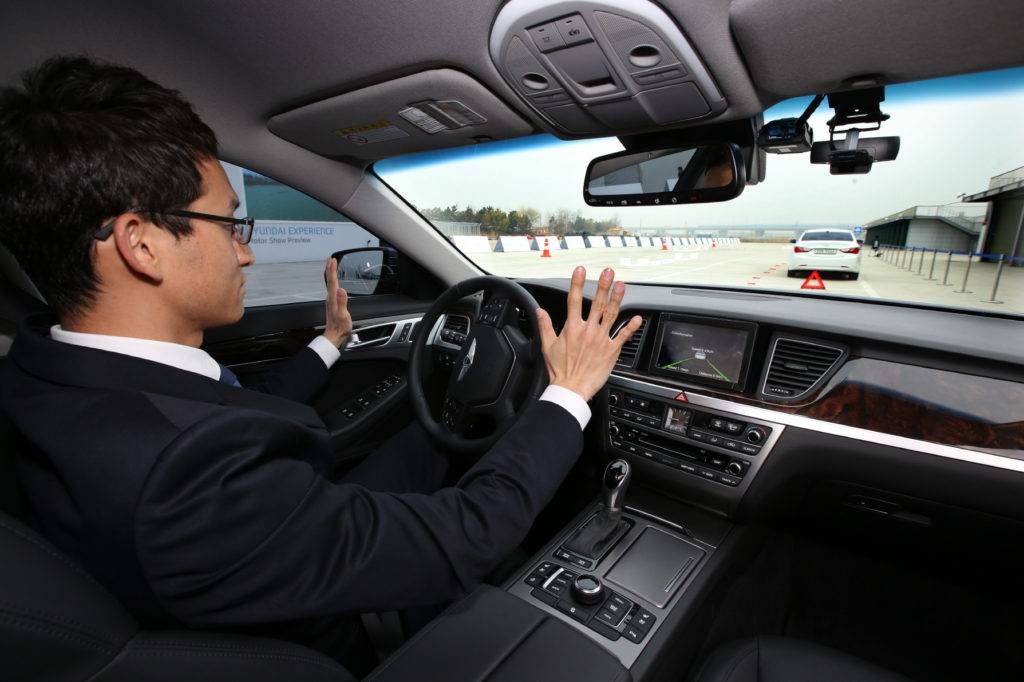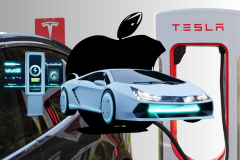The South Korean government is failing to support the development of self-driving vehicles, due to “excessive and unnecessary” regulations that are forcing manufacturers to test cars in other countries.
That’s what the Korea Economic Research Institute, a private think tank, said to The Korea Herald on Wednesday. The institute is worried that if the government does not approach self-driving as it has approached emerging technologies in the past, by reducing legal barriers, it will be left behind as Singapore, Europe, and the U.S. take in manufacturers.
See Also: For tomorrow’s cities, IoT is the name of the game
Apart from Hyundai, most manufacturers are looking at the U.S.—where several states have legalized self-driving on public roads—as perfect test areas for new systems. The current rules in South Korea force driverless cars to have two safety drivers inside at all times.
K-City, a planned town for self-driving tests, has brought some interest. The government also intends to designate 320 km of existing roads to self-driving, but in both areas, safety drivers will need to be inside the car.
Korean government looks to provide additional support
The government also wants to provide help and financial support to get Level 3 autonomous cars on the road by 2020. Level 3 autonomy can change lanes, park, and avoid obstacles, but the driver needs to be ready to take control at any time.
That’s a rather slow timeline, considering Ford and BMW both want Level 5 (fully driverless) cars on the road by 2021. Tesla might have something planned in the next year that moves its AutoPilot from Level 3 to Level 4 autonomy, though that is just a rumor for now.
South Korea’s major tech companies don’t seem as ambitious as their U.S. counterparts in the automotive industry. Google and Apple are both working hard on self-driving tech, while Samsung and LG haven’t made any announcements involving self-driving.










